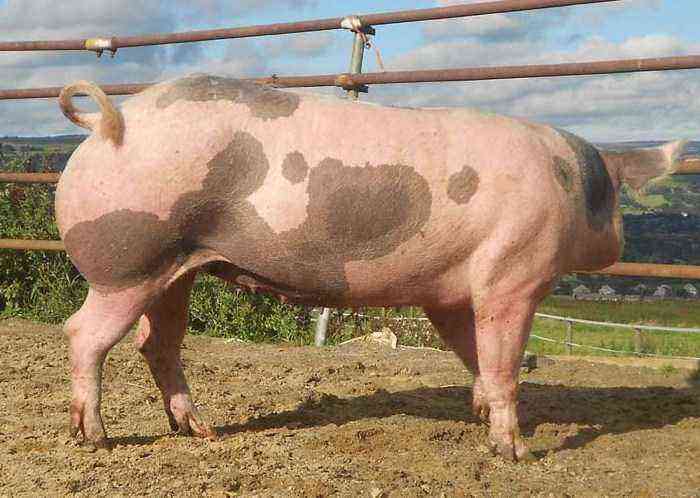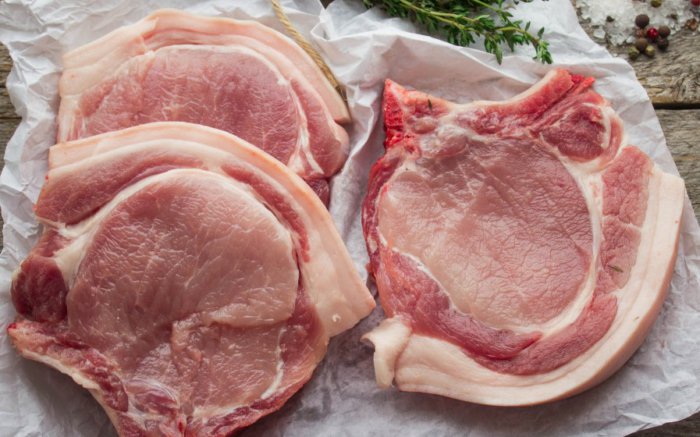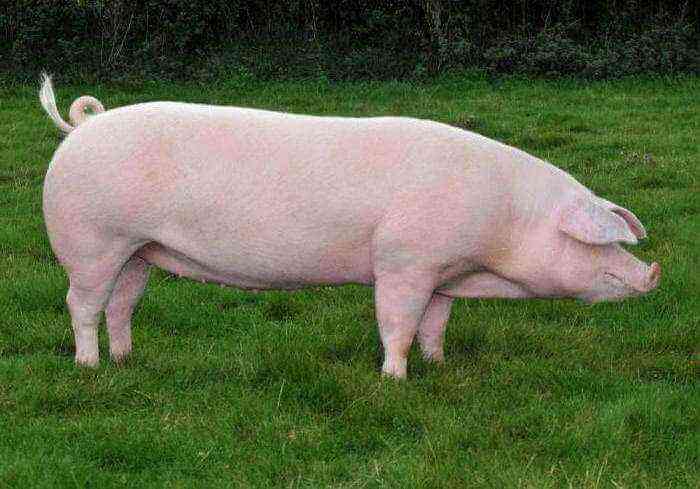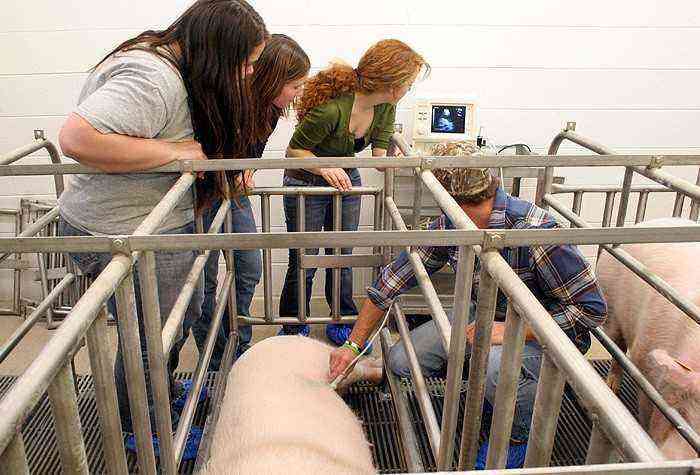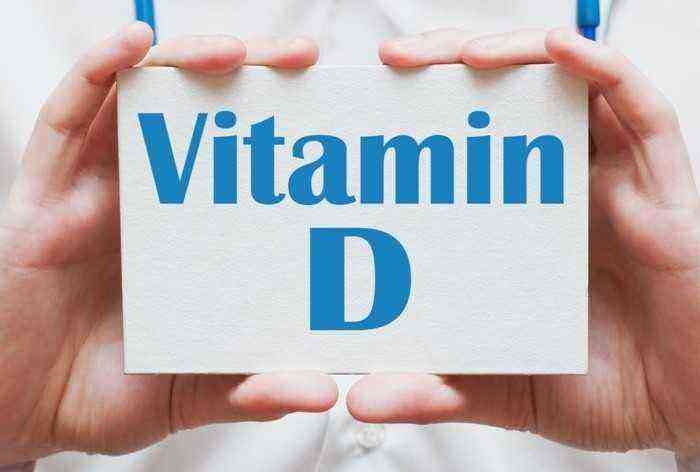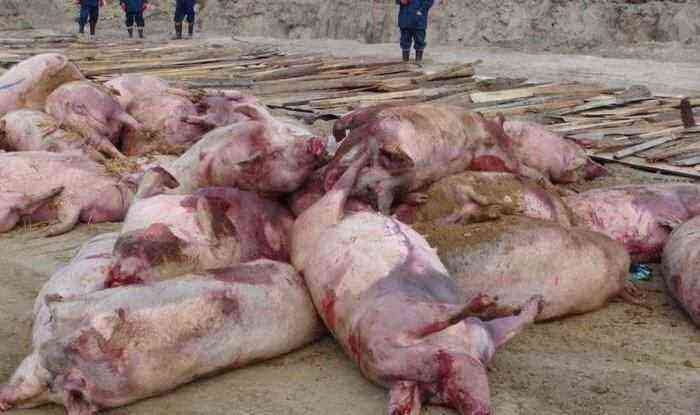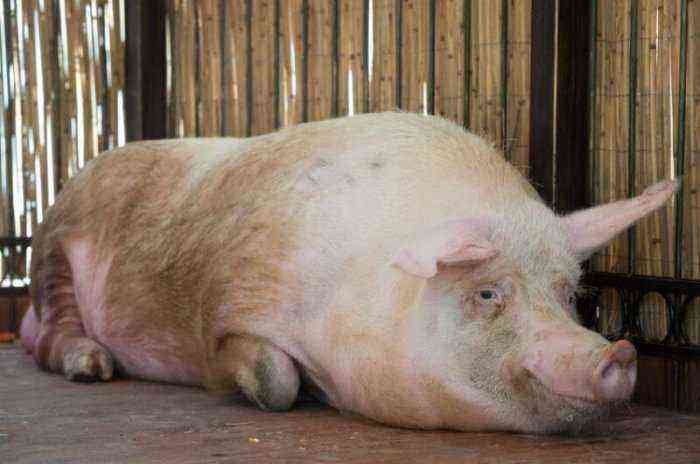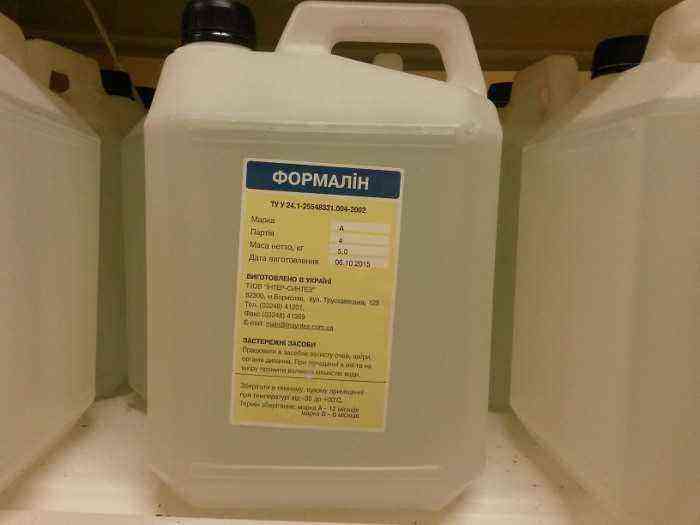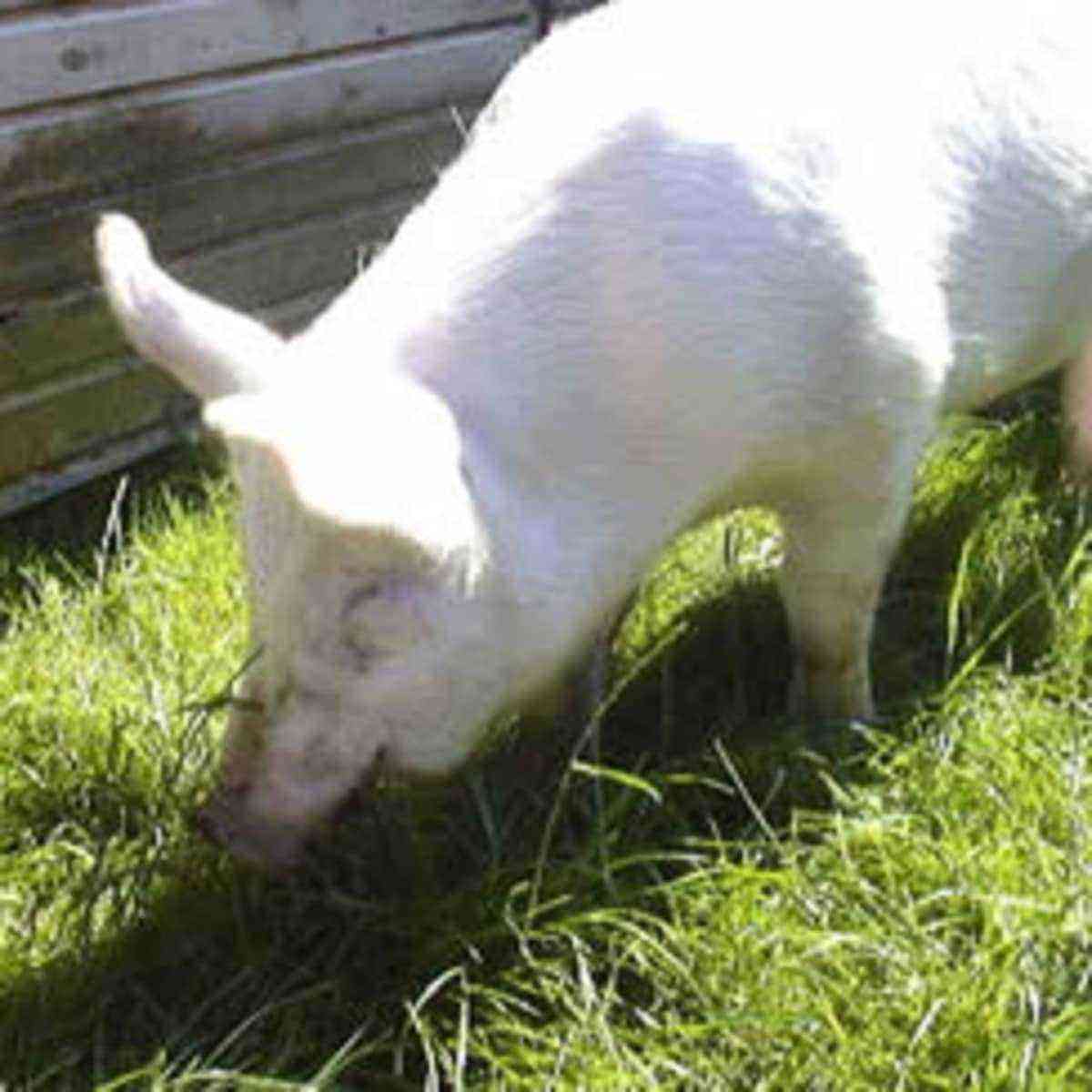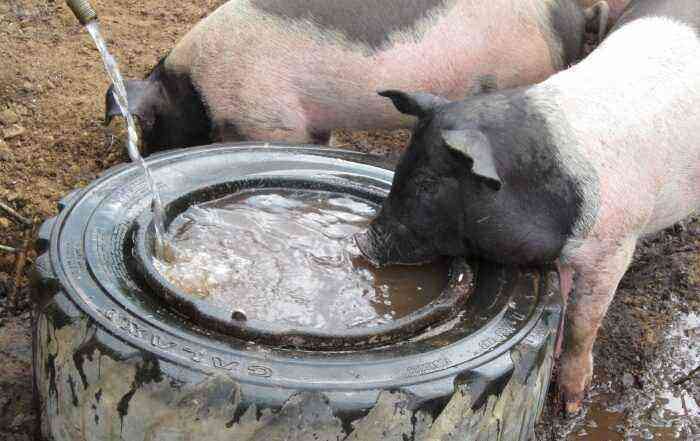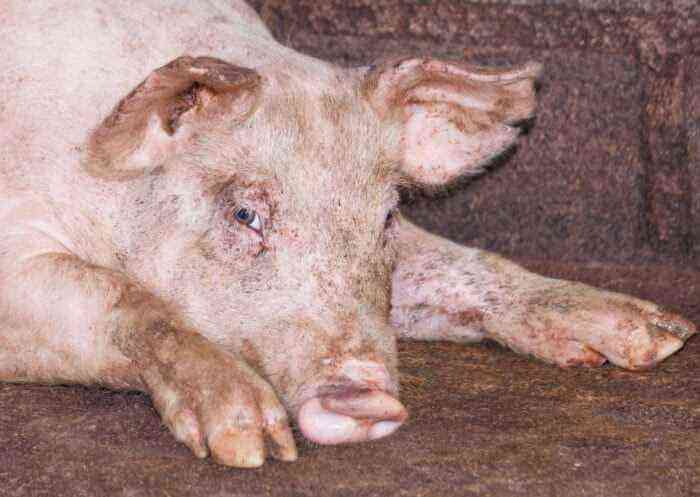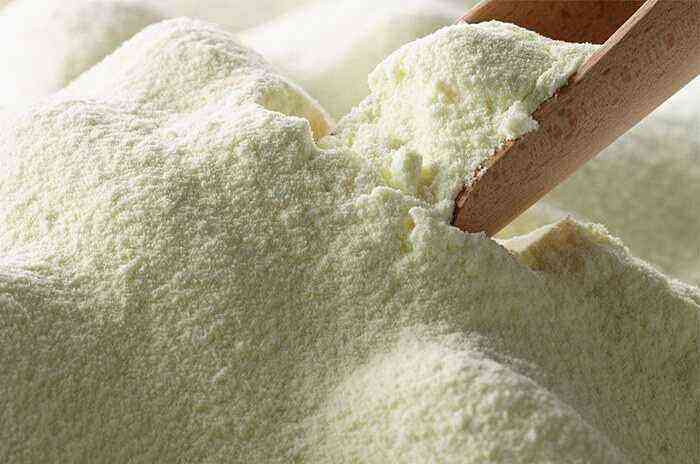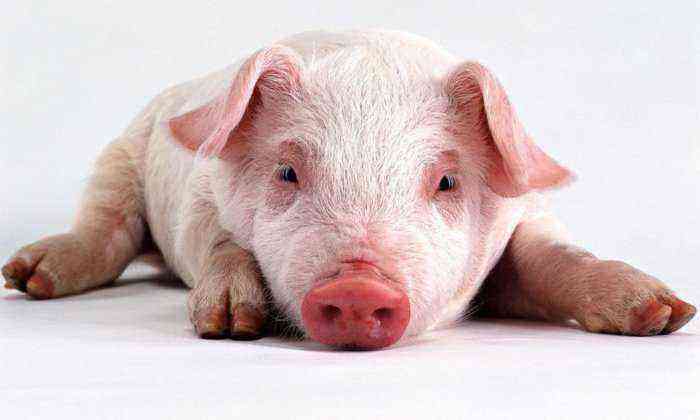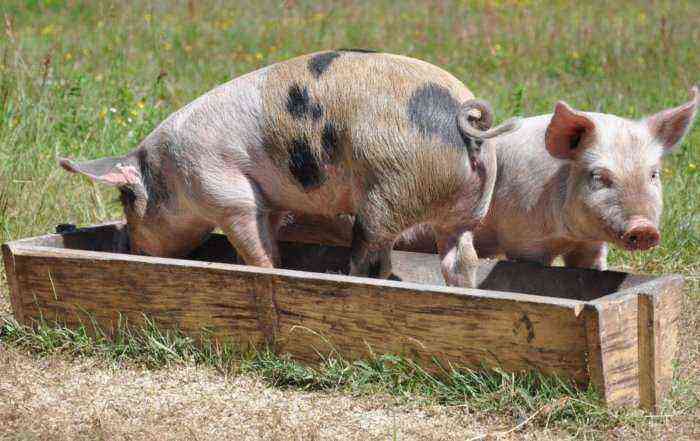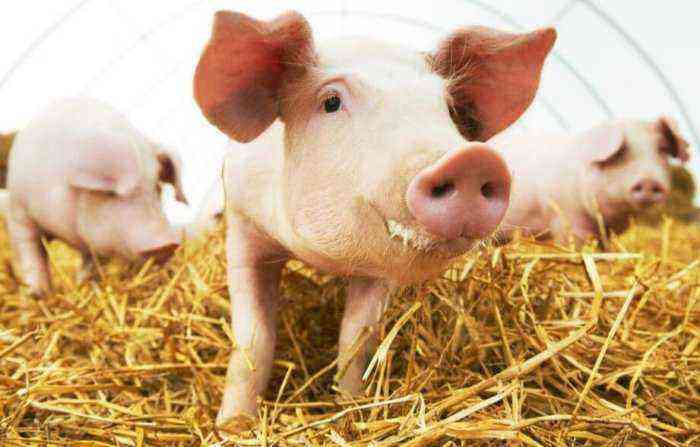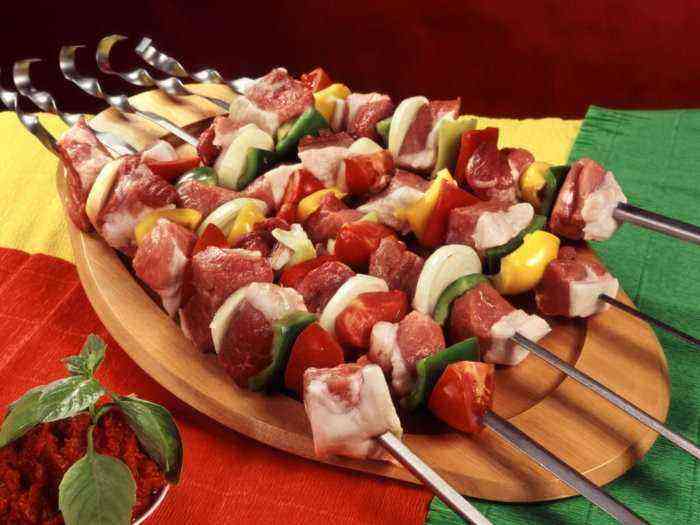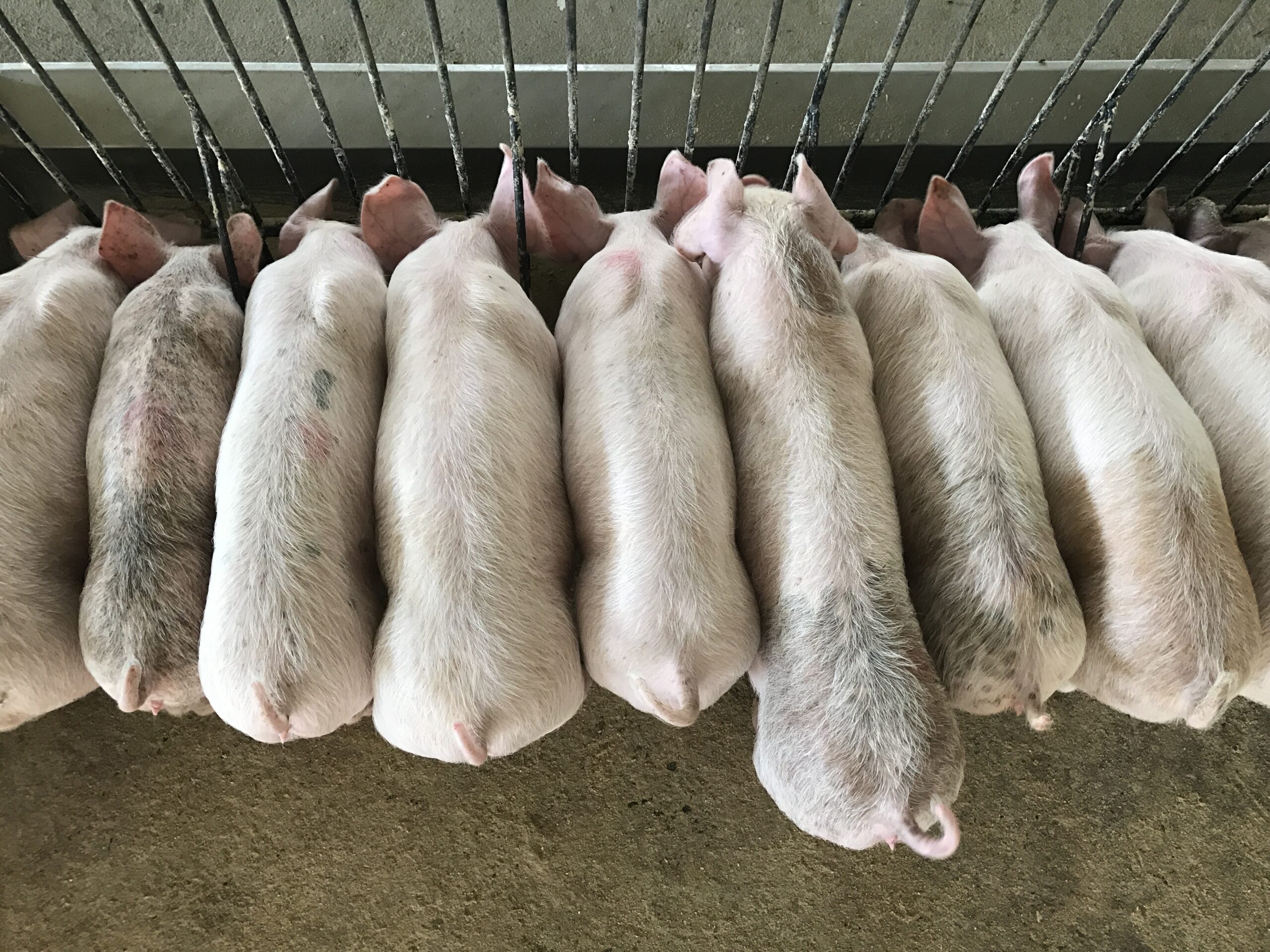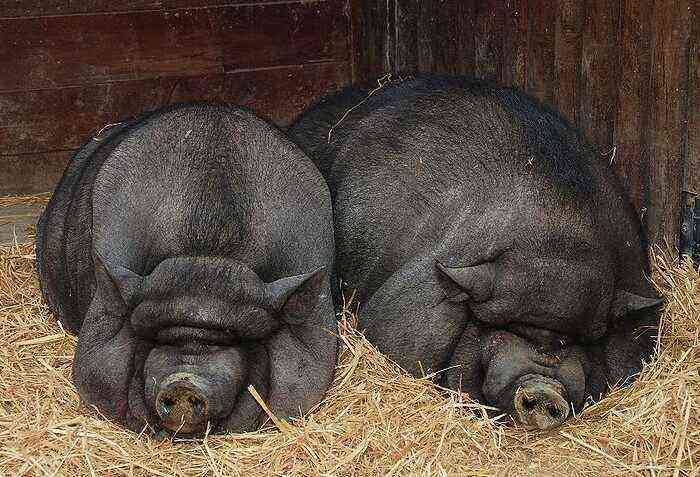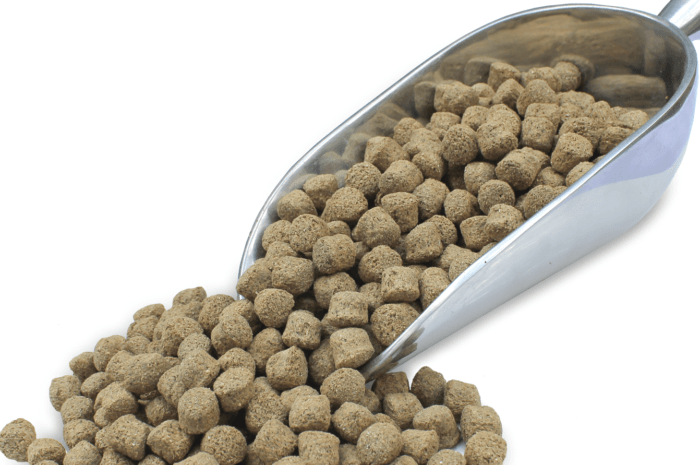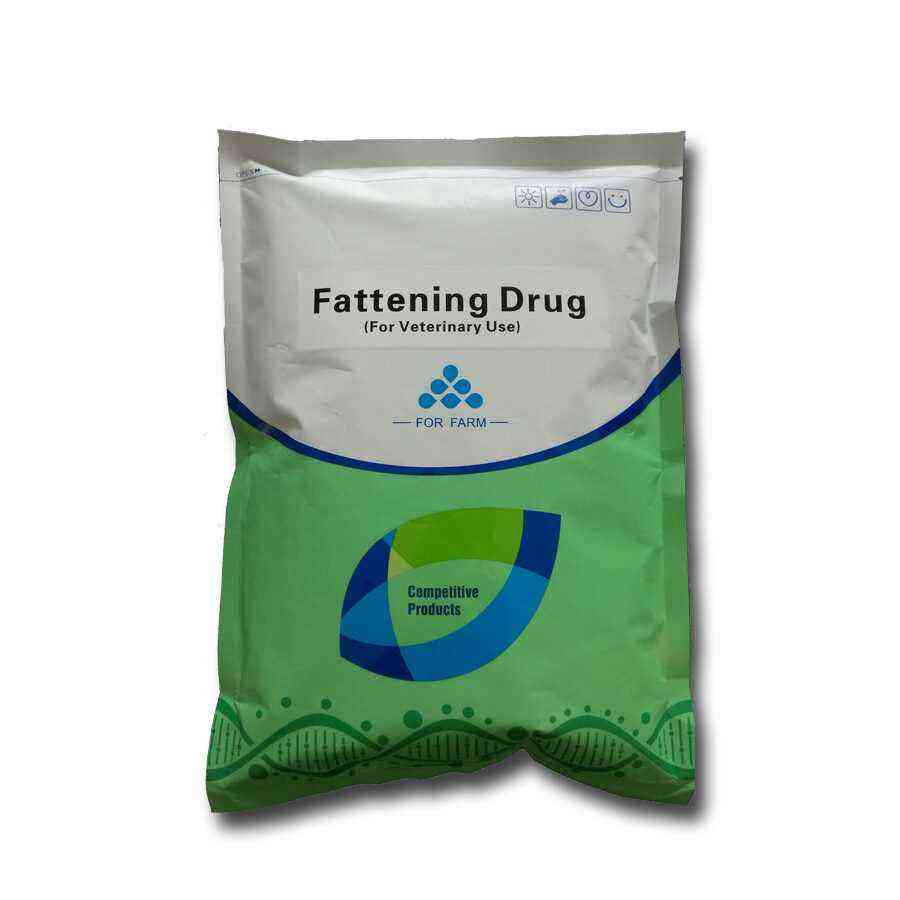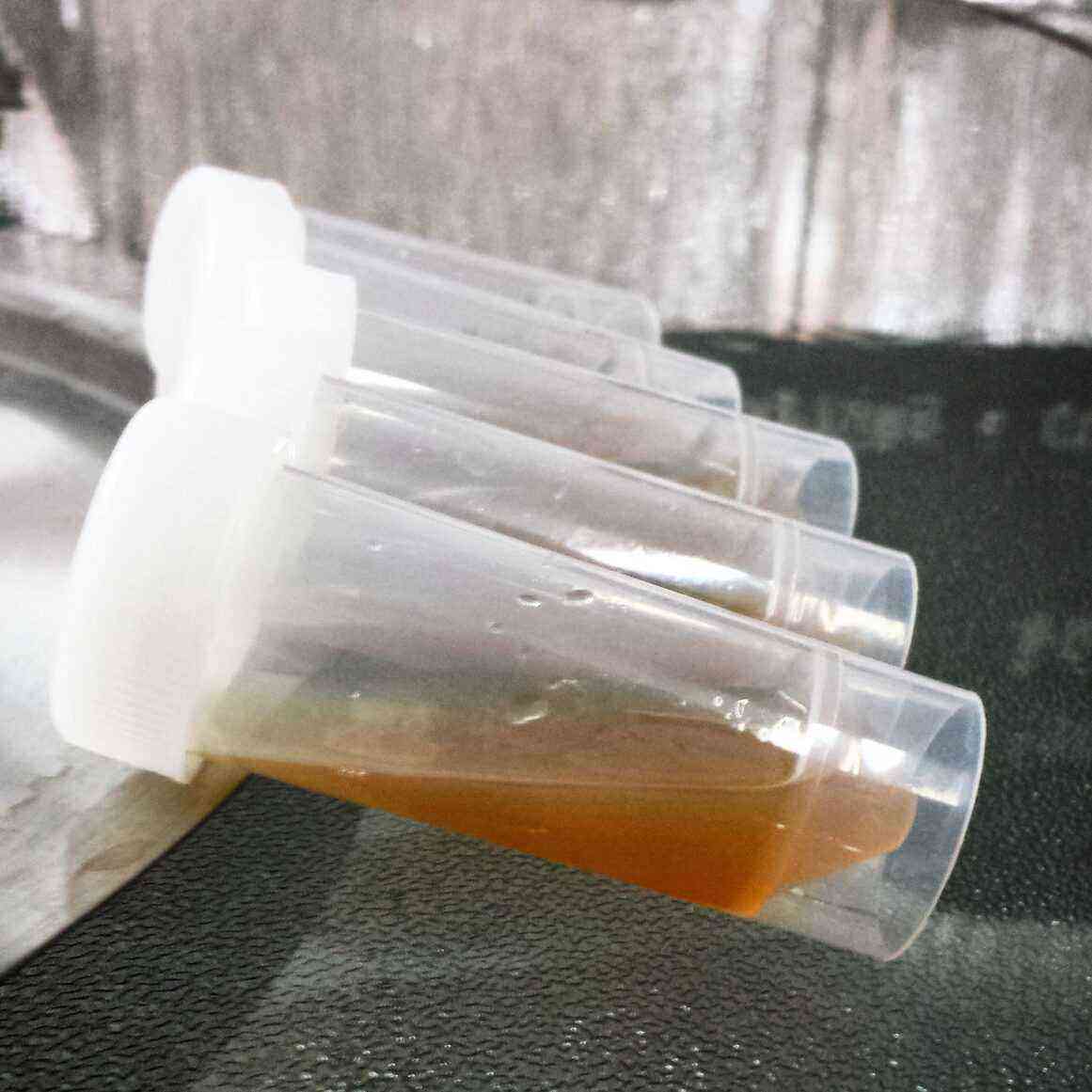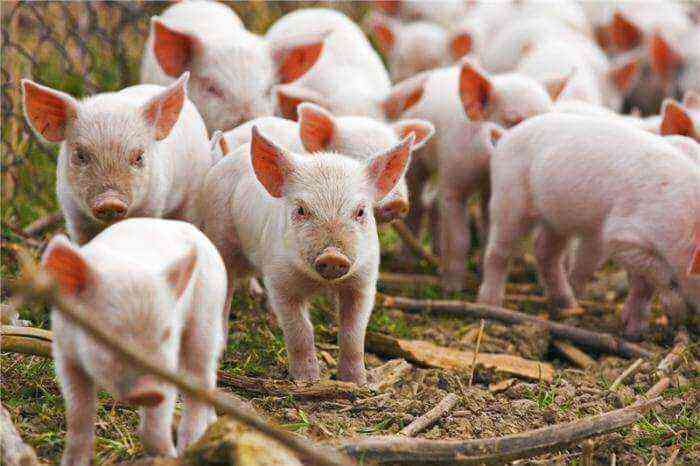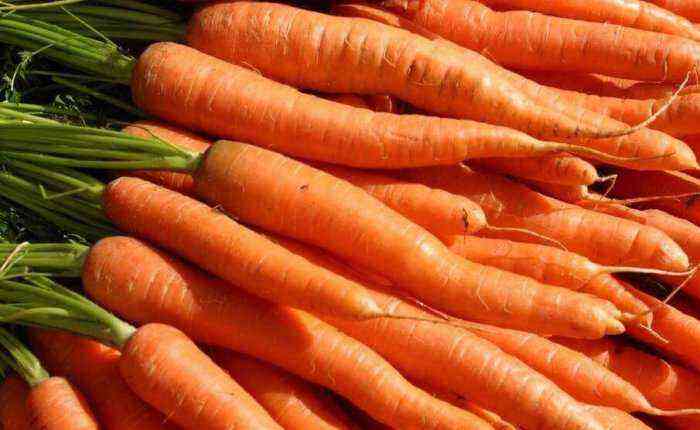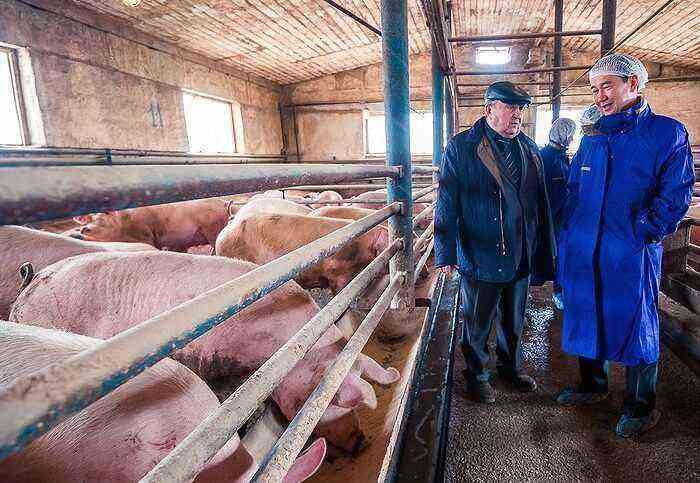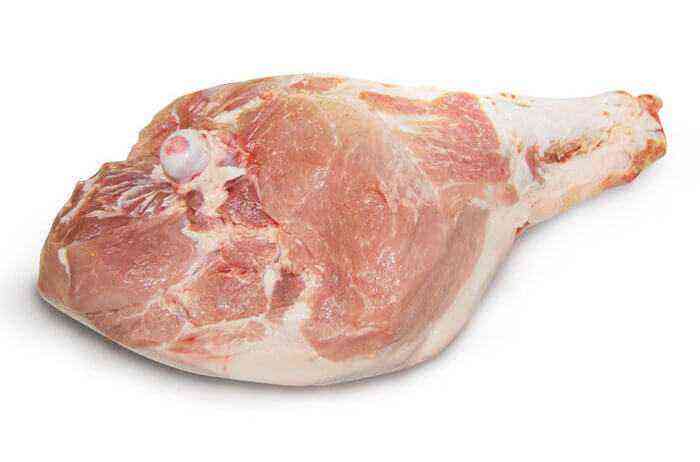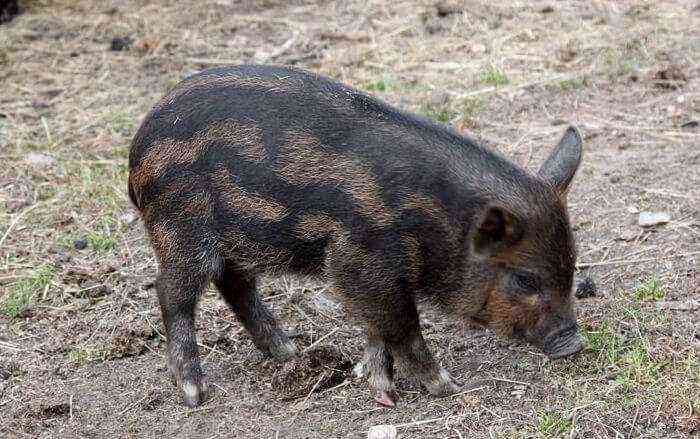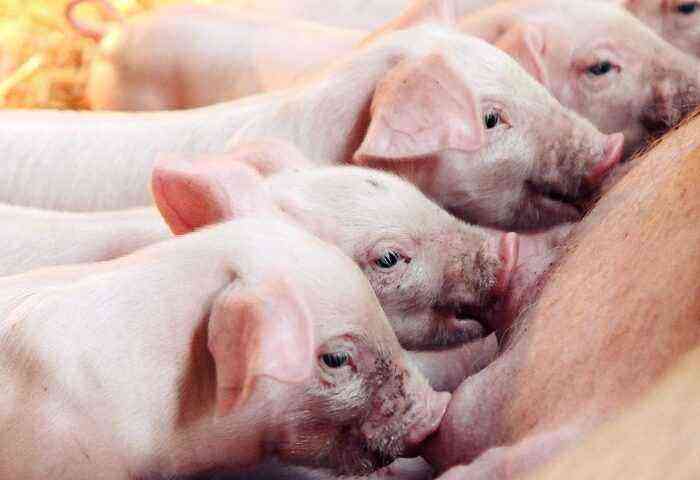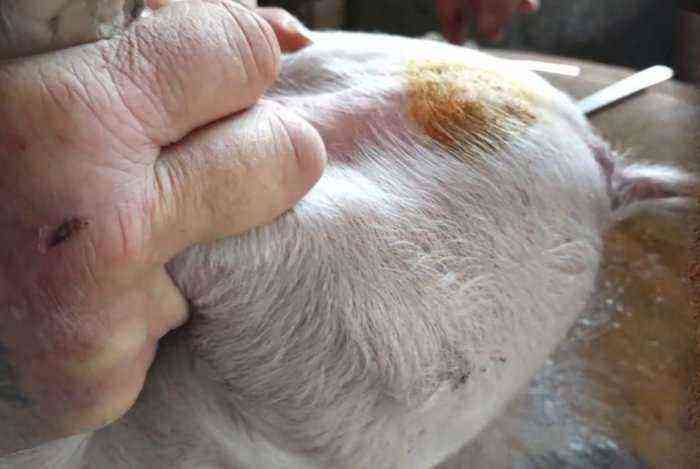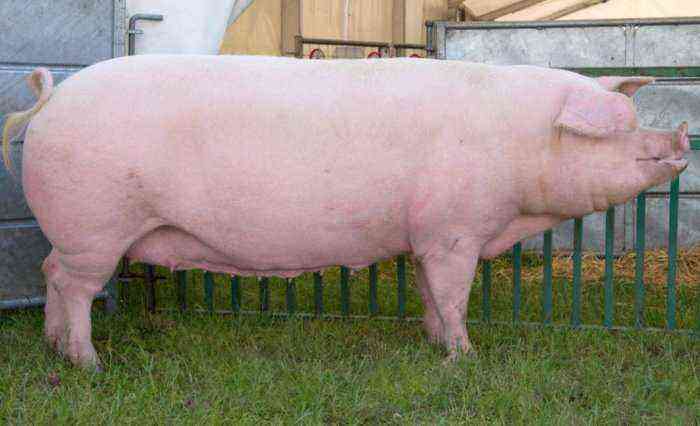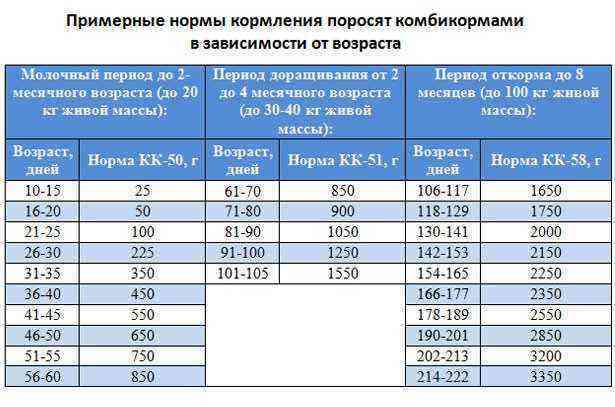Pietren or Petren is a breed of meat pigs that occupies a high position in the agriculture of Western Europe. It is especially appreciated for creating high-quality and juicy bacon. In Russia, this breed is less common due to its characteristics, but it is present at large livestock enterprises.
Petren breed
Characterization
The name of the breed comes from the name of the province of Pietrain, where it was bred.
Origin
Petren hybrid representatives, breeders bred around the beginning of the twentieth century in Western Europe, Belgium. A multi-level crossing of pig breeds with high meat productivity was carried out. A couple of decades later, a new breed of “bacon” species, resistant to viral diseases, was obtained – the Pietrain pig.
Their ancestors were fairly large breeds (English variety, Berkshire and Yorkshire). However, only related crosses were used in the process, from which their current descendants have a number of significant shortcomings that must be taken into account when breeding.
At the moment, these pigs often act as a genetic material in breeding, to increase the meat production of other productive breeds through numerous crosses.
Appearance
These animals are very interesting from a physiological point of view. Petren are large, with a cylindrical, shortish, sloping body. They have strongly developed muscles, this is especially noticeable in the sirloin area. Wide rump, large and meaty hams. Their head is small, with the same small erect ears. The ears of this species are characteristic and are their hallmark. They have a straight profile and light bones.
What does a pig look like
An adult can reach up to 230 kg, and boars up to 260 – 270 kg maximum. The skin is white with medium black spots. The meat of these animals can be called a kind of dietary, because despite their weight, the sebaceous layer is practically not observed.
Productivity
Females give small offspring and produce a small amount of milk. The maximum number of cubs in a farrowing is about 7 – 8 pieces. As a result of a lack of milk, many piglets die, the mother is not able to feed them.
In a day, they add in weight by about half a kilogram. For 7-8 months, young individuals already have a mass of 90-100 kilograms. Feed costs for meat products – 2-3 kg, for meat products – 3-4 kg.
Important! They have a high bacon productivity, the meat is considered dietary with pleasant taste characteristics.
Pros and cons of breed breeding
Pros:
- High level of meat production, up to 70 – 75% (about 150 kilograms per carcass). They practically do not form a subcutaneous fat layer, and even in combination with other breeds they give offspring rather of a meat type.
- Resistant to swine circovirus disease and other viral diseases. Circovirus is a dangerous and incurable viral disease that is transmitted by airborne droplets and can kill a huge livestock.
- Due to their structure and activity, they are not prone to overweight (obesity).
Cons:
- Poorly acclimatize to new conditions of existence, after moving.
- It is difficult to experience changes in temperature, especially sudden changes.
- Stressful situations are fatal for them.
- Despite the high meat productivity, the meat is of poor quality. It is too light, dries quickly and oxidizes.
- Very demanding on the quality of feed. The use of all kinds of growth stimulants is strictly prohibited, they noticeably spoil the composition and taste of meat.
- Little gain in weight.
Feeding
One of the features of this breed is an accelerated metabolism (metabolism). Therefore, they are very picky about what they eat. They have a small daily weight gain and with improper, unbalanced nutrition, decrease even more.
Peculiarity! Females produce little milk, and therefore complementary foods begin earlier than usual.
Timely introduction of top dressing will increase the chances of survival of young animals:
- On the second day, they begin to give mineral or purified water.
- On the third day whole milk.
- At a week old, oatmeal kissels and cereals.
- 10 days of legume hay and various dust.
- 11 day fresh grated carrots.
- 15 days boiled beets.
- 20 days fresh green grass.
- 25 day boiled potatoes.
When fattening young individuals, products with a high protein content are introduced (food waste, meat and fish products, dairy products). Potatoes, various root crops will also be useful. However, a heavy emphasis on grains will only lead to weight gain and stunted growth. It is necessary to add additional nutrients, vitamins and trace elements.
Important! The female is fed up to four times a day, preferably with natural food. The use of additives that will stimulate milk production is allowed.
At least thirty liters of water should be given per day. Adults are fed in the same way as young animals, only with a slightly higher grain content. But, you can’t overfeed them.
Content
Having decided to start breeding these piglets, you must first take care of creating comfortable conditions. They feel discomfort already when the temperature drops below 16 degrees and above 30. Poorly developed subcutaneous fatty tissue does not provide heat retention in the body, and heat can lead to sunstroke.
Pig with piglets Pietrain
The floor should be warm, preferably with straw or hay flooring, and not just artificial. They need free space, these pigs are very mobile and active and do not tolerate tight, squeezing rooms. For this, a spacious metal mesh aviary located in the shade will not be superfluous.
Given this feature, the pigsty requires special equipment. Especially in those regions that are characterized by cold winters and hot summers. Additionally, installing heating is not difficult, it is more difficult to achieve a decrease in the temperature in the room.
In a poorly equipped room, it is difficult to achieve the appearance of piglets, they either die, or adult females have health problems that make reproduction impossible.
Breeding
Before acquiring an adult or a small pig, the ability of the farmer to create the necessary conditions is first evaluated. Based on the feedback from livestock breeders who have already tried breeding, we can say that it is impossible to make up the main percentage of the livestock exclusively from them.
They need high-calorie foods because of their fast metabolism. Sensitivity to temperature requires its constancy and the exclusion of sudden changes. For this, specially equipped pigsties are built. Newborn piglets are given a lot of time and effort so that all offspring survive.
Crossbreeding with other breeds
It is advisable to cross them with representatives of Landrace (in small piglets, the growth rate increases significantly, quickly gaining weight, but with low-fat meat) or Duroc (meat quality (marble meat) becomes much better). Often, with their help, hybrids from three breeds are obtained.
Also, Pietrain is often crossed with the North Caucasian and Mirgorod breeds to create an exclusively meat direction. This relationship helps to cope with the harsh Russian climate, changes in diet and better adapt to the environment. Do not forget that any combination with this breed will only give bacon pigs.
So, Pietrain are unique in their own way and have a clear direction in breeding. In small farms, it is quite difficult to provide proper care. For large farms, it can serve as an excellent gene pool to improve meat qualities.
